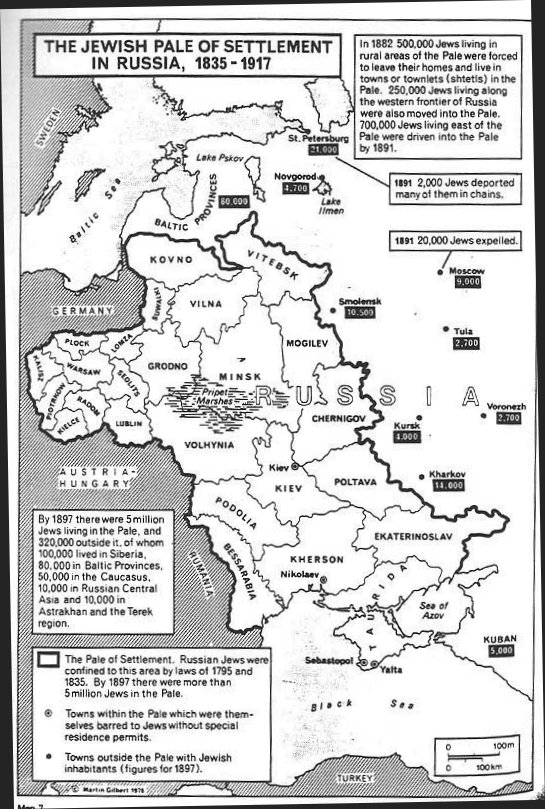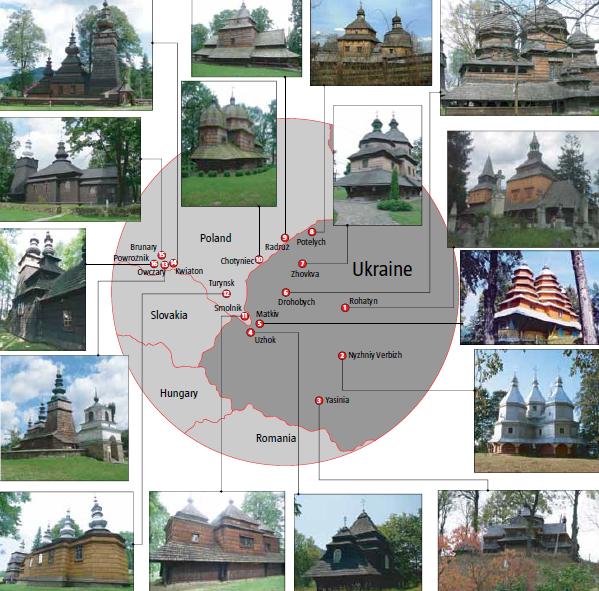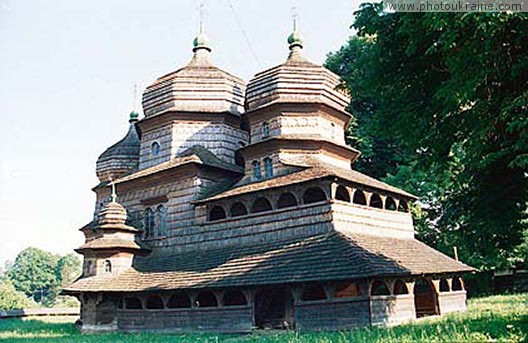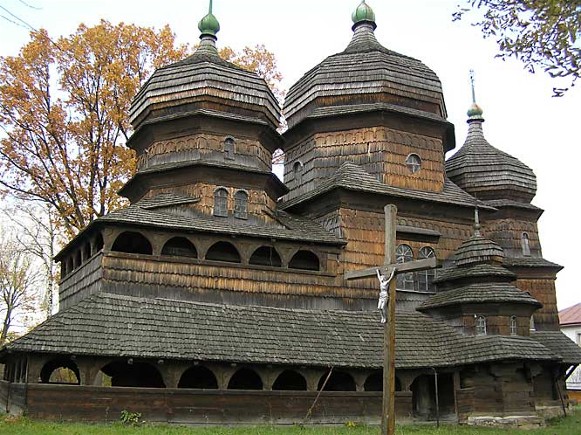 |
| Catherine II of Russia, Joseph II of Austria and Frederick the Great of Prussia decide how to cut up Poland. |
This story starts with secret pacts which change the map of Europe and ends with the First World War. The Polish-Lithuanian Commonwealth, was a huge state of over one million km in Central and Eastern Europe established in 1569 by the Union of Lublin. It was ruled by an hereditary nobility, which elected its King. By the middle of the 18th century, it was weakened by many years of war and controlled by Russia. In 1730, the rulers of Austria, Prussia and Russia signed a secret pact to maintain Polaand's status, keeping it weak. They also decided how to divide the Commonwealth up at some future time.
The Partitions of Poland
In August 1772, Austrian, Prussian and Russian armies invaded Poland and
took over 30% of its land, according the the agreement of 1730.
Although the Poles fought back, they lost, and a treaty was signed on
September 22, 1792. Prussia took parts of Northern Poland, enlarging its eastern territories.
Austria gained all of Galicia and other sections of "lesser
Poland." Russia, the strongest power, took over Belarus and a part of
northeast Poland known as Livonia.
Poland still existed, but was significantly weakened by the First Partition.
The Second Partition, in
1773, Russia and Prussia took more Polish land, leaving only one third
of the Polish-Lithuanian Commonwealth. Austria did not participate in this partition.
In 1795, the Third Partition,
Poland disappeared from the map of Europe. In total, Russia now
controlled 66% of Poland, Prussia 19% and Austria 14.5%. Russia was
the dominant power in Central and Eastern Europe, a quest started by Peter the Great and completed by Catherine II, also called The
Great.
The effects of the Partitions were enormous. Poland disappeared as a
country for 123 years. Prussia was on its way to becoming a major European power. Austria, the weakest power of the three, was now the ruler of many competing ethnic groups, one of many factors that would lead to its end in the First World
War. Russia was now the ruler of many non-Russian people, including one million Jews. Many Polish Jews found themselves living in Russia which was not as tolerant or understanding of their religion or culture as Poland.
The Pale of Jewish Settlement
"Pale" is and English term which originally referred to the lands of the "Wild Irish", which were considered to be "Beyond the Pale" during the time when the English were settling Northern Ireland with English and Scottish people in the 17th century during the rule of James I.
In Russia, The Pale was the area where the Jewish population was required to live. The Pale was over one million square km, and included all of Lithuania Belarus, and Moldava and parts of Poland and Ukraine.
Before the First Partition of Poland, there was a very small Jewish population in Russia. The Russian way of dealing with Jews was to force them to convert to the Russian Orthodox religion or leave. The Russian Tsars were fearful of incorporating the large Jewish population into their society and stated the official reason for the Pale was to protect the "Russian people from economic enslavement that might be imposed on them by the Jews."
In Russia, Jews had only the rights specifically given to them by the government. Jews were required to live in the Pale, had limited educational opportunities, were forbidden to own land, and were restricted to certain occupations. They could not live in the capital cities of St Petersburg, Moscow, Kiev, or Nikoleav, Sevastopol and Yalta in the Crimea.They could not live in peasant villages. Most Jews lived in small towns and cities, and worked in commerce and crafts. The Jewish population of the Pale grew from one million to five million between 1800 and 1900, resulting in an over concentration of Jews in small number of occupations. The competition between shopkeepers, merchants and semi-skilled craftsmen was intense and led to poverty. Although many left for Western Europe and the United States, it not enough to counter balance the growing population.
In the 1860's certain educated and skilled Jews were allowed to live inside the Pale, but the numbers were limited. Many others lived there illegally. There were government crackdowns and those who were caught were brought back to the Pale in chains with a military escort. The rules for residency in the Pale were always changing. After the assassination of of Tsar Alexander II in 1881, thousands of Jews were forced to leave the capital cities. Pogroms followed and the May Laws put more restrictions on the Jewish people. The pogroms and anti-Jewish laws resulted in immigration to the Western Europe and the United States
Although life in the Pale was difficult, people managed to adapt and adjust. Charity and helping other was an important part of life. Since there were few opportunities for education, Jews started chedars, schools to give children religious education, and Yeshivas to train rabbis. They had their own system of rabbinical courts to sort out conflicts. ORT , The Society for the Spread of Productive Work, was founded to provide job training which would enable men to learn new skills and find different occupations. Many Jews joined Hasidic groups, others joined the reform movement, Haskala. Political groups formed including the Bund and socialist parties. Zionism became important in many towns. A strong framework for the Jewish community was built, which transferred to new Jewish communities in Western Europe, the United States, South America and other parts of the world.
World War One and the Bolshevik Revolution ended the government policies that made the Pale possible.
The Shtetl
Shtetl mean small town in Yiddish. Most Jews in the Pale lived in small towns and cities because they were not allowed to live in the major cities of Russia or in the countryside. Many of them were merchants, shop keepers and tradesmen such as tailors and shoemakers. Jews were not the only people in the towns, but there was little mixing of Jews and Russians. Most of the other people in the area were peasant farmers, who lived outside outside the town in the countryside. Every town had Russian Orthodox churches and several synagogues.
 |
| Berdichiv on the Gnilopyat River. Source: Yad Vashem |
Berdichev, a town 93.1 miles SW of Kiev, was the model for the towns described by Shalom Aleichem in his stories. It was considered to be the typical shtetl. By 1861 it was the largest Jewish community in Russia. It was one of the most important trading and banking centers of the Polish-Lithuanian Commonwealth and by 1765 it was the largest commercial enter in eastern Poland, as a result had a large Jewish population. In 1789, four years after the Third Partition of Poland, Jews made up 75% of the town's population and were a major force in its economy. The main street was known as "Gold Street," and many of its banking houses were owned by Jews. Many of the estates surrounding the town were owned by Polish noblemen and employed Jews as their agents. There were over 80 synagogues in town and several Yeshivas. One of its synagogues was known as the musical synagogue, famous for training cantors. It was the center for Jewish book publishing in Russia. Because of this, Berdichiv was known as "The Jerusalem of Volhynia" (Volhynia is the name of the area where Berdichiv is located).
 |
| The musical synagogue of Berdichiv. source: Kehilalinks.jewishgen.org |
In the 1800's the Russian government opened areas in southern Russia for settlement. Many of the people of Berdichiv decided to move to Odessa where they have more opportunity. Others decided to leave Russia altogether and move to the United States or to Palestine.
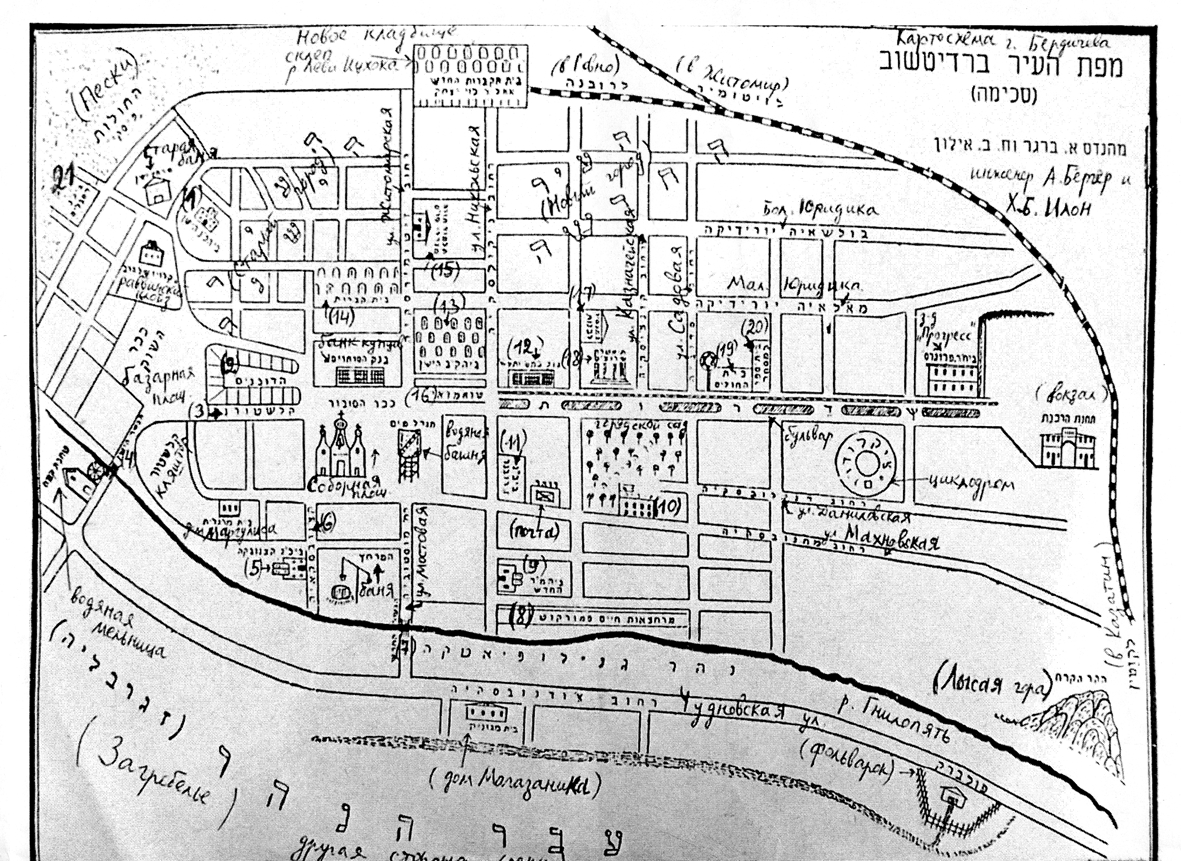 |
| Map of Berdichev, labels are in Yiddish. |
Sources: Lukin, Benjamin, Berdichiv, YIVO, Enclycopedia of Jews in Eastern Europe.
Rosenthal, Herman, Pale of Settlement, Jewish Encyclopedia.com
Berdichiv, Jewish Virtual Library.org.









